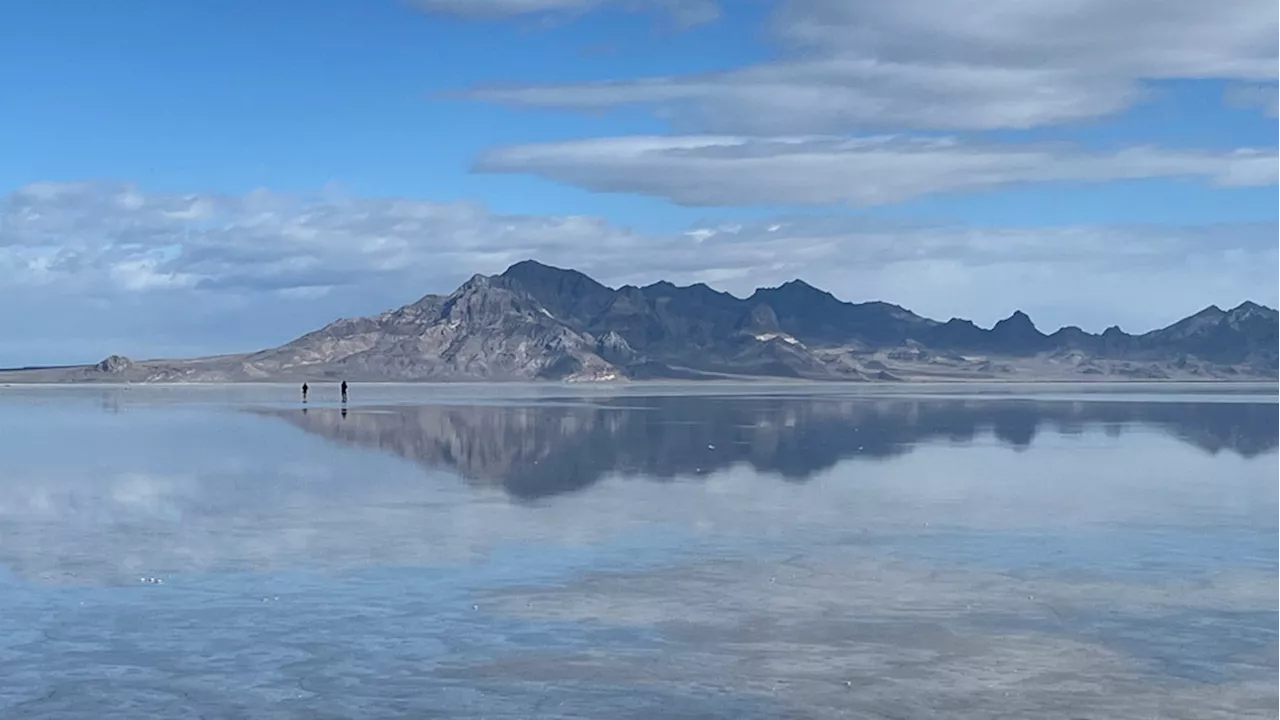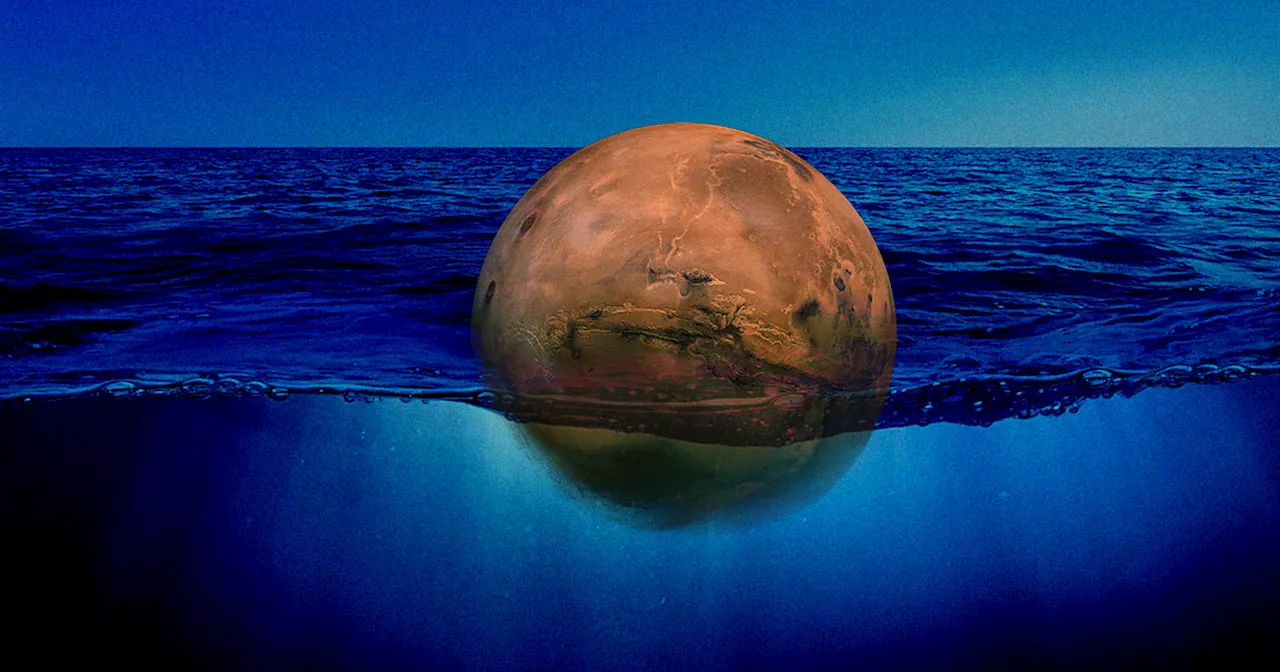No 1 source of global mining news and opinion
A photo taken by a scanning electron microscope shows a pit at the surface of a 3D-printed stainless steel part. stainless steel 316L in seawater and discovered that the key players in this corrosion drama are tiny particles called “slags.”
Slags are produced by deoxidizers such as manganese and silicon. In traditional stainless steel 316L manufacturing, these elements are typically added before casting to bind with oxygen and form a solid phase in the molten liquid metal that can be easily removed post-manufacturing.
They were able to zoom in on the slags and uncover their role in the corrosion process in a simulated ocean environment, finding they created discontinuities and allowed the chloride-rich water to penetrate the steel and wreak havoc. Additionally, the slags contain metal inclusions that dissolve when exposed to the seawater-like environment, further contributing to the corrosion process.
“During the process, you locally melt the material with the laser, and then it solidifies very rapidly,” lead investigator Thomas Voisin said. “The rapid cooling freezes the material in a non-equilibrium state; you’re basically keeping the atoms in a configuration that is not supposed to be, and you’re changing the mechanical and corrosion properties of the material.
United States Latest News, United States Headlines
Similar News:You can also read news stories similar to this one that we have collected from other news sources.
 Scientists have found a way to 3D-print brain tissue for researchChloe Nordquist is a national journalist for the E.W. Scripps Company. She has a passion for telling community stories and giving a voice to the voiceless. Chloe has had the opportunity to report across the world, as far as Milan and Berlin. Previously she worked at news stations in California’s Central Valley and Southwest Florida.
Scientists have found a way to 3D-print brain tissue for researchChloe Nordquist is a national journalist for the E.W. Scripps Company. She has a passion for telling community stories and giving a voice to the voiceless. Chloe has had the opportunity to report across the world, as far as Milan and Berlin. Previously she worked at news stations in California’s Central Valley and Southwest Florida.
Read more »
 New research changes scientists' knowledge of Bonneville Salt FlatsThe Bonneville Salt Flats are one of Utah’s most iconic destinations. They may sit in a remote portion of western Utah, but people across the world know about t
New research changes scientists' knowledge of Bonneville Salt FlatsThe Bonneville Salt Flats are one of Utah’s most iconic destinations. They may sit in a remote portion of western Utah, but people across the world know about t
Read more »
 Scientists Uncover Unseen Culprit Behind Historical Vitamin D DeficiencyScience, Space and Technology News 2024
Scientists Uncover Unseen Culprit Behind Historical Vitamin D DeficiencyScience, Space and Technology News 2024
Read more »
 Mars' Gravity Causing Huge Whirlpools in Earth's Ocean, Scientists SayScience and Technology News and Videos
Mars' Gravity Causing Huge Whirlpools in Earth's Ocean, Scientists SayScience and Technology News and Videos
Read more »
 Scientists propose new theory that explains sand ripples on Mars and on EarthSand ripples are symmetrical. Yet wind -- which causes them -- is very much not. Furthermore, sand ripples can be found on Mars and on Earth. They would be even more fascinating if the same effect found on Mars could be found here on Earth as well.
Scientists propose new theory that explains sand ripples on Mars and on EarthSand ripples are symmetrical. Yet wind -- which causes them -- is very much not. Furthermore, sand ripples can be found on Mars and on Earth. They would be even more fascinating if the same effect found on Mars could be found here on Earth as well.
Read more »
 In our cellular 'glue,' scientists find answers about heart attacks, strokes, moreDoctors may be able to leverage the new insights to identify patients at greatest risk of having atherosclerotic plaques break free and cause heart attacks or strokes.
In our cellular 'glue,' scientists find answers about heart attacks, strokes, moreDoctors may be able to leverage the new insights to identify patients at greatest risk of having atherosclerotic plaques break free and cause heart attacks or strokes.
Read more »
